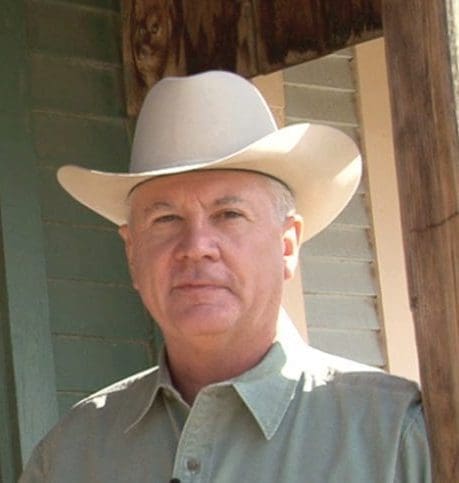
By Jim Whitt Contributing Editor
When Jim Shoulders passed away in 2007 I wrote a tribute to the rodeo legend in my CALF News column. I stated that Jim Shoulders did for rodeo what Arnold Palmer did for golf. Both men elevated their respective sports to levels of popularity never seen before. I thought about that column when rodeo legend Larry Mahan passed away on May 7. Mahan was to rodeo what Jack Nicklaus was to golf. They both took their sports to even greater levels of popularity than Shoulders and Palmer.
Golf and rodeo are alike in the fact that amateurs compete in events that may not make them a living, but they compete because they simply enjoy the sport. The International Feedlot Cowboys Association sponsors team roping events and the Working Ranch Cowboys Association sponsors ranch rodeo competitions. Golf and rodeo are different in this respect. If you go to a rodeo, the participants in rodeo are easily identified as cowboys and cowgirls. The participants in golf are not always easily identified as golfers. Go out to any public golf course this weekend and you’ll see what I mean when you see them tilling the course with a golf club.
The cowboy image and mystique has been perpetuated over many years in literature, film and television. Western author Louis L’Amour sold more than 200 million books that have been translated into several languages. Many have been turned into movies and TV series. You can tune into multiple television channels 24 hours a day and watch reruns of Gunsmoke, Wagon Train, The Virginian and many more westerns that dominated the airwaves for decades. Then Yellowstone happened, which created a cult following. The show stars Kevin Costner, and a spinoff, 1923, stars Harrison Ford. Yellowstone producer Taylor Sheridan bought the 6666 and Bosque ranches in Texas. He runs a “cowboy camp” that trains the actors to be more authentic in their roles.
Early in my speaking career, I woke up and realized I had a built-in marketing advantage that I was not taking advantage of. I grew up working on ranches and feedyards, so I stopped wearing suits and put on my hat, jeans and boots. I started capitalizing on my cowboy background. My bookings and speaking revenue increased dramatically. In 2005 I wrote a western allegory entitled Riding for the Brand: The Power of Purposeful Leadership. The reason I wrote it as a western is because people love westerns. It turned out to be the best marketing tool I’ve ever created to promote my speaking and consulting business.
The beef industry has that same built-in marketing advantage. And it’s something that no animal rights or climate-change activist group can make a dent in. They’re no match for John Wayne or Clint Eastwood, and Chuck Norris can kick PETA’s butt any day of the week. Jim Shoulders and Larry Mahan paved the way for the Professional Bull Riders (PBR) circuit. PBR is the fastest growing spectator sport in the country. Their events are like rock concerts and, with apologies to the Workday Super Bowl commercial, bull riders are rock stars! They even have PBR Cowboy bars in blue state enclaves like Baltimore and Philadelphia (which reportedly do not serve Bud Light).
The cowboy is the best front man the beef industry has. A steak gets its start on a ranch and eventually ends up on a plate at home or in a restaurant. And the best thing is that all the publicity the cowboy generates vicariously for beef doesn’t cost beef producers a red cent.
imagine being an advertising agency tasked with promoting fake beef. There’s no way they can compete with the real thing raised by real cowboys. Paramount reportedly pays Sheridan $50,000 a week to film at one of his ranches and to rent his cattle for $25 per head. They don’t pay film producers that kind of money to make westerns about people in white lab coats in laboratories who drive electric cars made in China.
So, here’s my advice to vegans, vegetarians and purveyors of fake beef. To paraphrase Toby Keith, you should’ve been a cowboy.






